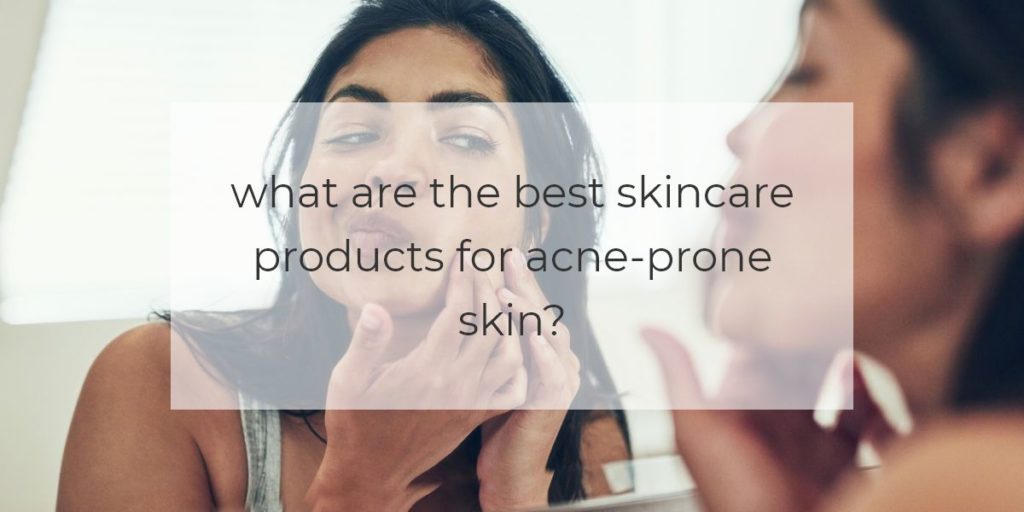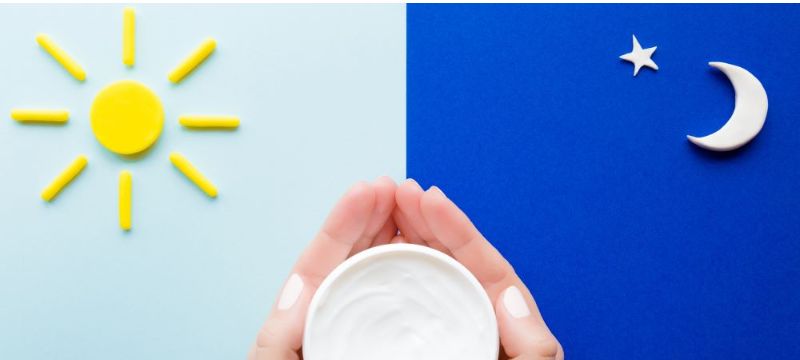In the field of skin care, the word “acne-prone” skin is frequently used, whether on the labels of cosmetic goods or in casual talks about one’s skin problems.
For many people, acne-prone skin has quickly become their new skin condition during the pandemic, combined with “maskne” – breakouts (including larger pores and extra pores) caused by the mask’s continual rubbing on the skin. If you’re one of the many people who suffer from acne-prone skin and have recently noticed that you’re getting acne more frequently, but aren’t sure which cosmetic product to use to maintain your skin as healthy as possible, you’ve come to the perfect spot.
We sought expert guidance from renowned doctors to assist you in navigating the finest products, methods, and routines for treating acne-prone skin.
What is acne?
Acne, which is frequently associated with oily skin, occurs when sebum becomes clogged with dead skin cells and bacteria. Acne is a fairly common skin condition that is defined as a disturbance of the hair follicles and oil glands (sebaceous glands). Sebaceous glands produce oil (sebum) to maintain the skin’s moisture level. When the glands become clogged, acne and cysts can develop.
With the advancement of medical technology for treating even severe acne, practically all acne may be cleared with the assistance of a dermatologist.
What are the causes and preventions of acne?
Acne comes in a variety of forms that require a variety of treatment options.
Hormonal acne is the most prevalent type of acne. Increased hormone levels (during your menstrual period) cause a rise in oil secretion, which results in the formation of acne. Salicylic acid and benzoyl peroxide are the two most effective substances to take prior to menstruation since they can totally avoid the appearance of hormonal acne.
Both blackheads and whiteheads are the result of clogged pores. To treat this form of acne effectively, it is recommended to incorporate salicylic acid into your skin care routine, since it aids in the removal of excess oil and prevents clogged pores. This chemical is also necessary for exfoliating dead skin cells, which may obstruct your skin’s ability to clean its pores.
Inflammatory acne manifests itself in two ways: papules, which are red papules that do not develop into whiteheads; and pustules, which are filled with either white or yellow pus. Both are caused by bacteria and can be treated with benzoyl peroxide, which is a bacterium-killing chemical. Additionally, you may require a local treatment for pustules to ensure that these pimples do not reappear.
Cystic acne is a condition that is caused by both heredity and hormones. These hormones stimulate oil gland production, resulting in big, painful pimples that are difficult to heal. If you suffer from this sort of acne on a regular basis, you should consult a dermatologist for prescription medications and cortisone injections to relieve inflammation.
Morning and nighttime skincare routine
Consistency yields the best results. That is to say, it is critical to establish a skincare routine and adhere to it in order to achieve lasting and effective outcomes.
Cleanse
It is recommended that those with acne-prone skin cleanse twice daily and begin their morning skincare routine with a creamy, oil-free cleanser containing salicylic acid. In the evening, wash your face to remove excess oil created throughout the day, as well as dirt, makeup, and other pollutants. If you have severe acne, you should use an acne cleanser that contains active ingredients.
Tone
Utilizing a toner is an optional step that helps remove excess oil and pollutants from the skin while also balancing the skin’s pH. Effaclar Clarifying Solution by La Roche-Posay Acne Toner, which contains salicylic and glycolic acids, can aid in the removal of dead skin cells that clog the pores. If your skin is greasy, you can use it again in the evening. However, if you have dry skin, you may want to avoid using one because toners can be drying.
Use sunscreen
Adequate UPF protection is critical for preserving healthy skin. Use a sunscreen with anti-inflammatory niacinamide, such as Elta MD UV Clear, if you have acne-prone skin. Utilize it as a starting point for protection against the sun’s harmful UVA and UVB rays.
Moisturize
Moisturizing your skin is a critical last step to include in your daily routine regardless of whether you have oily or dry skin. Because facial washes and toners remove natural oil, neglecting this step results in dry, infection-prone, and dull-looking skin. When choosing a face cream for acne-prone skin, look for the phrase “non-comedogenic,” which suggests the product is less likely to clog pores and cause acne papules.
Tips to improve acne-prone skin
1. Physical activity. Many acne sufferers are fearful of sweating during sports, believing that it may aggravate their acne. Otherwise, exercise will assist in unclogging the pores by increasing sweat production. Simply ensure that you wash immediately following activity.
2. Eat some foods. Avocados, blueberries, and kidney beans are just a few of the foods that can aid in the reduction and prevention of inflammation.
3. Drink plenty of water. As we all know, water is necessary for many biological activities, including the function of the liver, which regulates hormone production.
4. Avoid touching. Not only will touching your areas introduce new bacteria, but it will also compromise the seal of your pores, allowing bacteria to travel into your skin, producing inflammation and transforming blackheads and whiteheads into red, painful patches.


